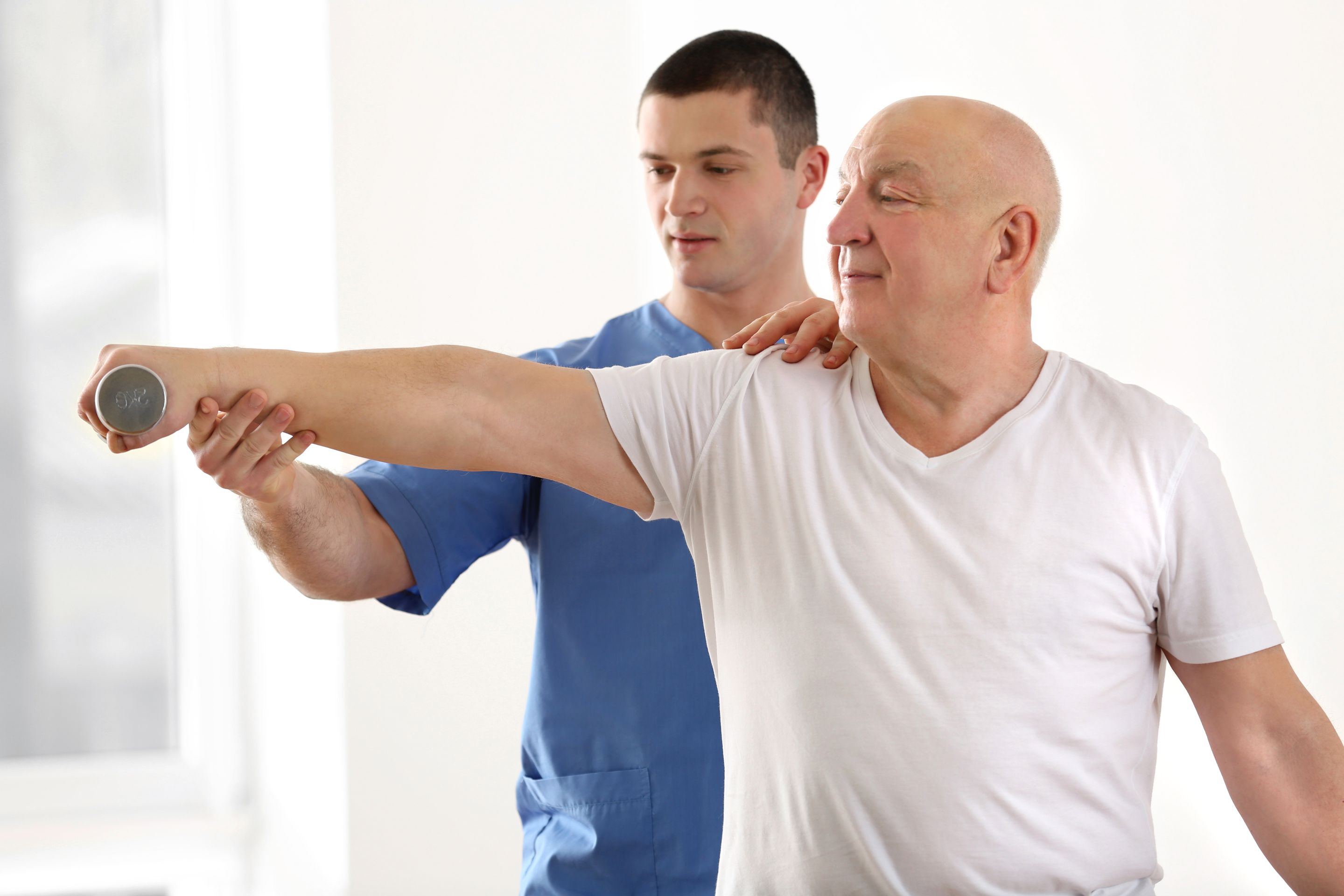Thai Massage For Stress Reduction And Improved Circulation
Thai massage therapy was developed in ancient India over 2500 years age, and is a very effective way to reduce stress, improve circulation, and increase your energy. Thai massage techniques involve deep massage and stretching. It uses no oils of any kind. Thai massage techniques have been influenced by a variety of healing traditions from China, India, and cultures in Southeast Asia. Today, the art of Thai massage is practiced all over the world with many variations and is taught in massage therapy schools. There are even considerable differences in the art in Thailand from region to region, and there is no one universally acceptable routine or theory.
Thai massage therapy is typically done on the floor, a firm mattress, or a mat. The client wears loose, comfortable clothes that allow for freedom of movement. It can be performed either in a group of about a dozen clients or it can be done solo. In western Thai massage, the massage therapist places the client in many yoga-like positions during the massage. Traditional Thai massage techniques use firm to deep static rhythmic pressure, following the Sen lines of the body channels in the body through which, it is believed, flows the vital energy of life. There are 72,000 Sen lines in the body, but practitioners focus on the ten most important ones. A full session lasts about two hours and includes both rhythmic pressing and stretching of the body. Stretching involves:
- pulling toes, fingers, and ears
- cracking knuckles
- walking on the clients back
- arching the client into the cobra position
Western Thai massage therapy has standard procedures which are easy to learn, whereas a traditional Thai massage therapist will adjust the routine to suit the needs of the client. The standard routines have been adopted in the West due to the large number of people who want to learn Thai massage techniques.
There are four common ways to learn Thai massage therapy. The most popular way in the West is to attend one of your local massage therapy schools, preferable one of the Thai massage therapy schools. This is the most expensive method, but counts towards certification. Second is to study in Thailand, combining an exotic vacation with learning a new trade. The instructors generally do not speak English very well, and the time spent training in Thailand does not always count for certification in the West. Classes are much less expensive, but you have to consider the cost of travel and accommodations. Another way to learn is to take private lessons from a teacher. This is the fastest way to learn.
Finally, some people choose to learn Thai massage therapy through a home study video training course. Video training can be very cost effective and convenient for those who cannot fit the other three methods into their schedule. However, it requires a great deal of personal discipline to see the training all the way through to the end. The best training courses offer more than just a DVD. Look for a course that offers support, allowing you to contact an instructor with questions. Some courses also include an online support community so students can network and share both questions and their experiences with other students who are taking the same course.
Thai massage therapy offers a multitude of health benefits. The stretching routines improve flexibility and can increase range of motion. The rhythmic pressure reduces stress, increases energy, and improves circulation. There are some risks associates with Thai massage. It is not recommended for people with open wounds, infectious skin diseases, or after surgery, chemotherapy, or radiation therapy. It can dislodge blood clots, so see your doctor first if you have heart disease. Pregnant women should consult a physician as well.
Category: Physical Therapists
Related Articles
- Physical Therapists Help Move People
- What is in a physical therapist job
- Physical Therapy - Schools and Salaries
- Physical Therapists Assistants and Recovery
- Physical Therapy Understanding the Most Common Reasons and What it Involves
- How to Become a Successful Physical Therapist
- Compare Best Type Massage - Shiatsu Thai and Swedish
Business News
Popular Posts
- Cultivating Resilience and Mental Toughness - Keys to Thriving Amidst Lifes Challenges
- 50 positive affirmations to be read every day
- Mind Matters- The Chiropractic Approach to Personal Growth
- Mind Balance - A Comprehensive Solution for Navigating Modern Mental Health Challenges
- Journey Within - A Jewish Path to Self-Discovery and Spiritual Growth
- The Islamic Quest - Transforming Self for a Fulfilling Life in Allahs Light
- Buddhist Reflections - Navigating the Path of Self-Awareness and Enlightenment
- Uniting in Universal Love - Embracing Commonalities Across Faiths
- The Imperative of Unity - Why SmartGuy and Coexistence is Key to Global Survival
- Overcoming Ego and Self-Centeredness - Lessons from World Religions
- Overcoming Prejudice and Intolerance - Guidance from Global Faiths
- Cultivation and Improvement of Personality Traits to Deepen Ones Relationship with God
- How Mind Balance Can Improve the Mindsets of Employees
- Understanding Buddhism - Insights into Its Teachings Meditation and Cultural Impact
- The Essence of Islam - Understanding Its Beliefs Rituals and Cultural Significance
- A Universal Prayer for Peace and Understanding Embracing Diverse Faiths
- Cultivating Key Skills to Overcome Anti-Semitism and Hate
- How Mind Balance Empowers You Against Misinformation
- Finding Strength and Safety in Scripture - 25 New Testament Passages to Combat Spiritual Attacks
- How Mind Balance Brings People Closer to God
